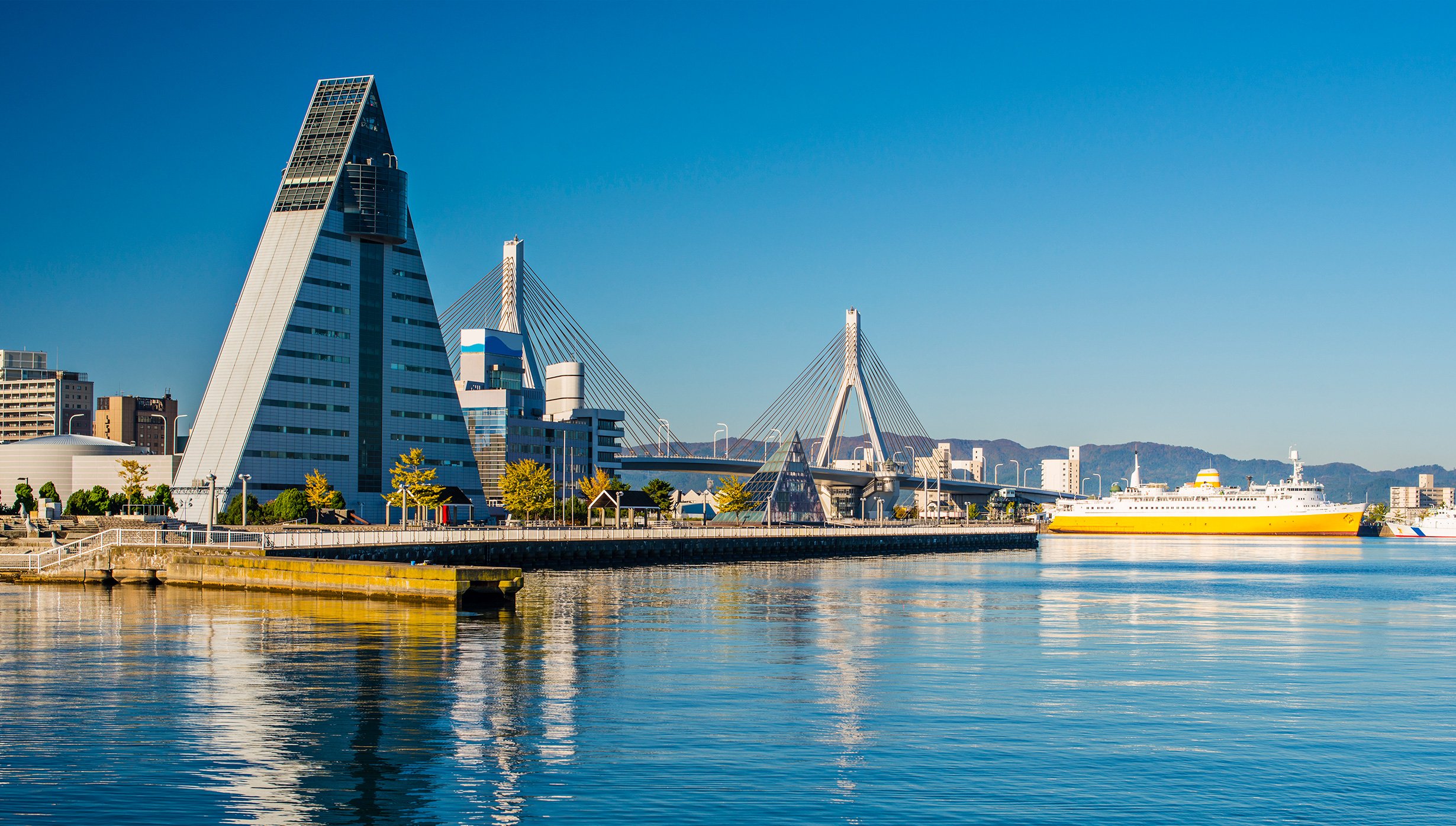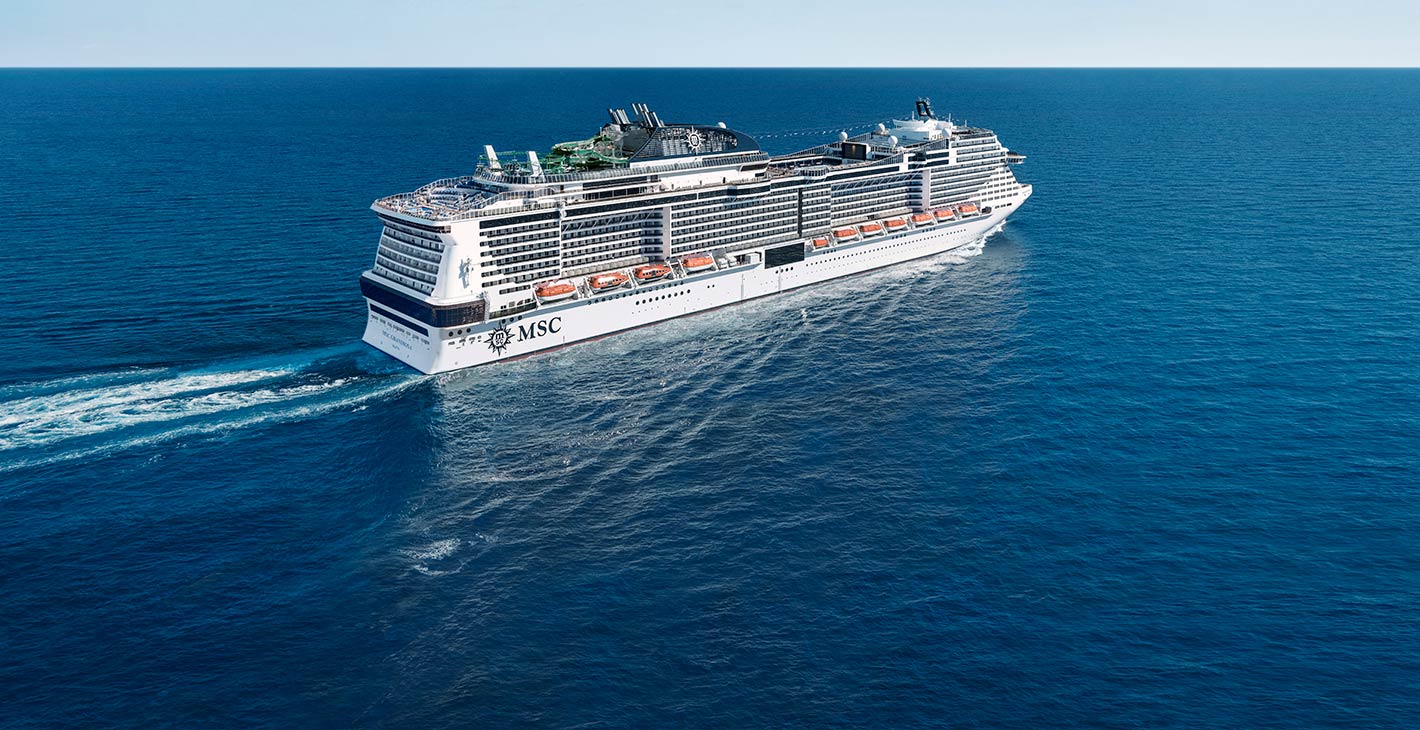Aomori Cruise

A pleasant place near Matsushima Bay
Honshū’s northernmost city, Aomori, sits at the inland end of Mutsu Bay, sheltered by the twin claws of the Tsugaru and Shimokita peninsulas.
Long-serving as a port for travellers heading northwards, it was boosted in 2016 when the opening of the 46km Seikan Tunnel instigated a direct Shinkansen link under the sea to Hokkaidō.
The area around Aomori Station and the adjacent harbourside in particular have been extensively redeveloped to create a bright modern cityscape equipped with attractive waterfront promenades, busy cafés, and a colourful museum. Aomori, though, also offers a glimpse of Japan’s remote past, in the shape of the extraordinary Sannai-Maruyama Site, southwest of the centre.
Japan’s third-deepest lake, the steep-sided, crystal-clear Towada-ko, fills a 300m-deep volcanic crater in the northern portion of the Towada-Hachimantai National Park.
While the lake itself is of course a major tourist destination, for many visitors the true highlight is the approach over high passes and along deep wooded valleys. Of the four main access roads, the most attractive route is to head south from Aomori via the Hakkōda mountains, SukayuOnsen and the picturesque Oirase valley.
Behind its modern facade, Hirosaki, former seat of the Tsugaru clan, still retains remnants of its feudal past. Its older and more interesting districts lie around 3km west of the station, across the Tsuchibuchi-gawa, which runs through the city centre. Resplendent at cherry-blossom time, the Hirosaki-kōen park here holds the picturesque turrets of Hirosaki-jō, the town’s original castle, still surrounded by moats. To the north is a neighbourhood of traditional samurai houses, while to the south you’ll find a well-preserved Japanese garden, Fujita Kinen Teien, and a collection of Meiji-era Western-style buildings.


